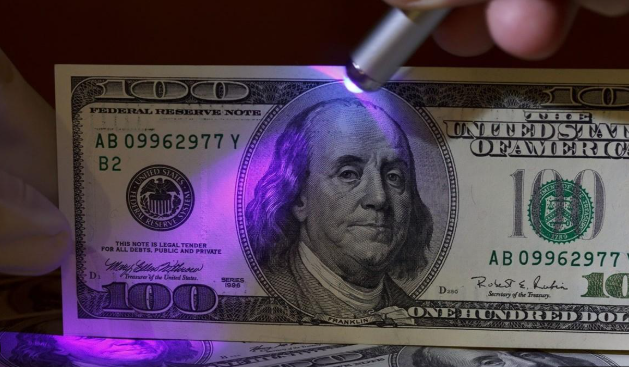Our article “How to Spot Fake Euros: What Really Matters” turned out to be quite popular among readers, and the editorial team received a request for a similar guide on US dollars. Well, here you go! 🙂
Fake currency is most often distributed on the black market. So exchanging cash “by hand” is a very risky choice, even if the seller seems trustworthy. They may not even know they’re holding a counterfeit.
Where it’s risky to buy dollars:
- From classified ads on websites – high risk of fakes.
- In Telegram channels and social media – an attractive exchange rate often means counterfeit bills.
- From unknown online sellers – high chance of fraud.
The safest option is to buy dollars at banks or licensed exchange offices. If there’s a problem with the bills, you can file a complaint.
How to spot fake US dollars:
If you still have to use an unofficial exchange, it’s important to know how to spot a counterfeit.
- No watermark or security thread when held up to light.
- The ink color doesn’t shift when the bill is tilted.
- No microprinting that can be read under magnification.
- The paper doesn’t have a crisp feel, tears easily and stretches.
- No raised print that you can feel by touch.
- On the $100 bill, there’s no blue 3D security ribbon or bell images.
‼️ Tip: The best way to verify dollars is at a bank or currency exchange with professional checking machines. Some counterfeits are made so well, they’re nearly impossible to detect with the naked eye.
Don’t fall for a “great rate” online – protect your nerves and your money.
All content provided on this website (https://wildinwest.com/) -including attachments, links, or referenced materials — is for informative and entertainment purposes only and should not be considered as financial advice. Third-party materials remain the property of their respective owners.


